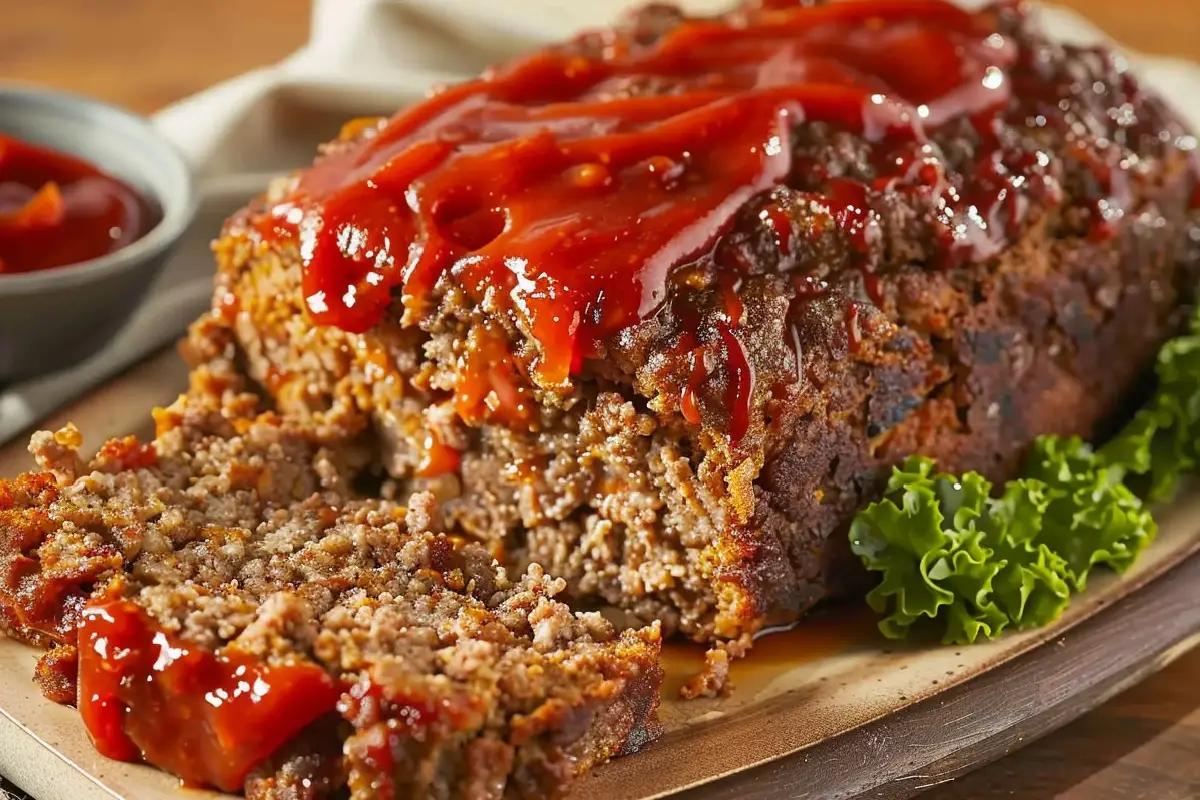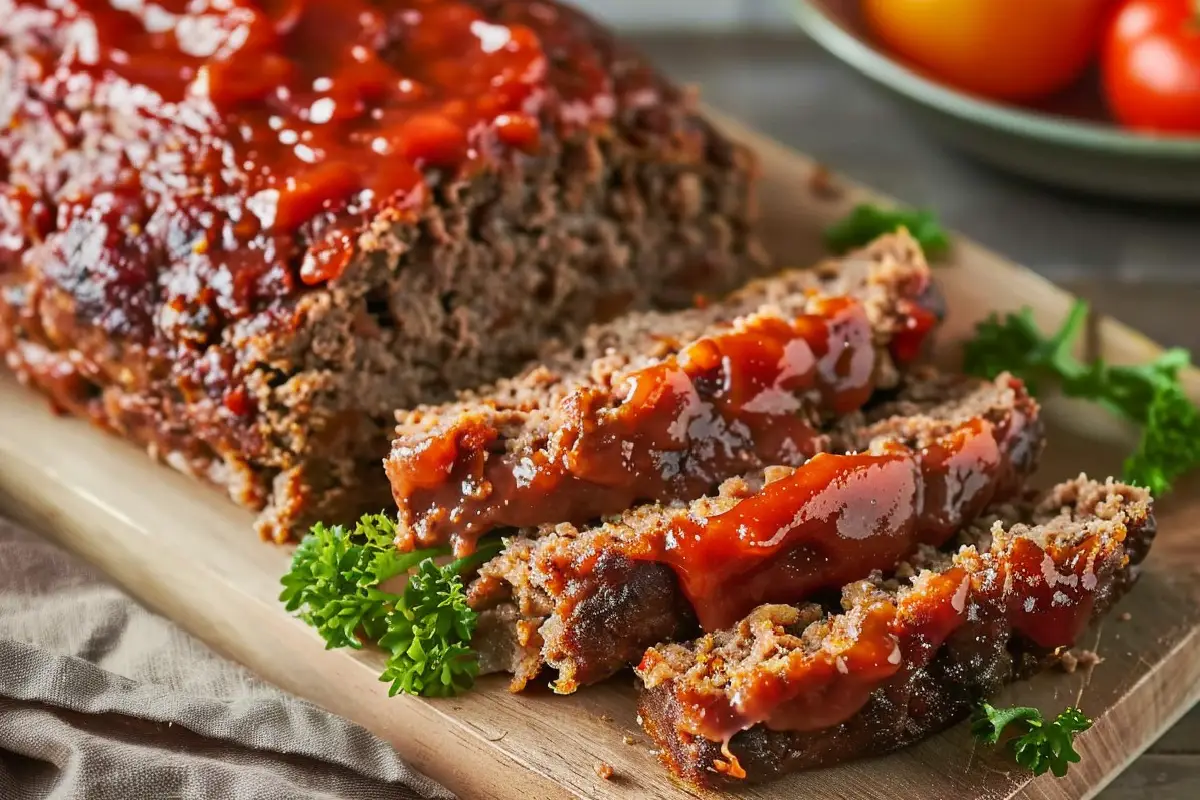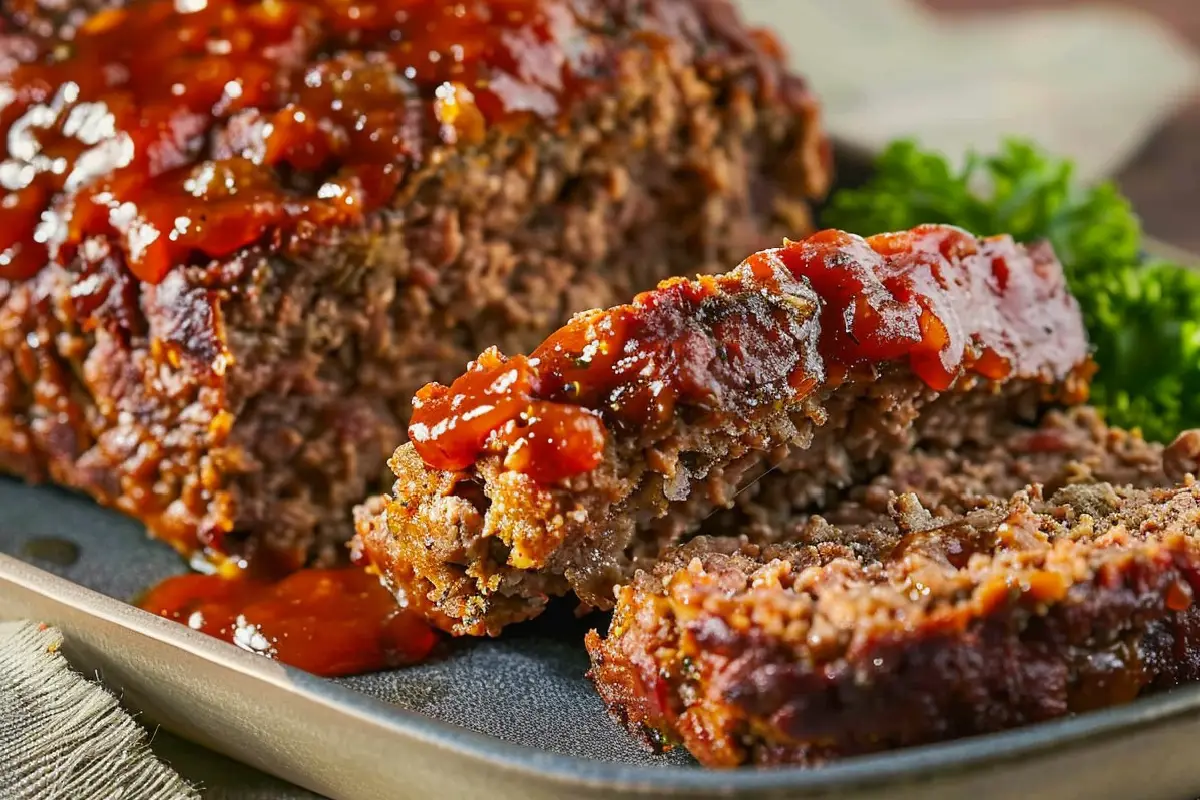Meatloaf is more than just a dinner staple; it’s a dish steeped in tradition, comfort, and nostalgia. It’s a versatile meal that allows for creativity, and one of the key factors that can elevate your meatloaf from average to outstanding is the choice of liquid. While some recipes call for water, using milk instead can make a significant difference in the dish’s texture, flavor, and overall success. This article will explore why milk is the preferred choice, delve into the science behind its use, and provide you with expert tips and techniques to ensure your meatloaf turns out perfect every time.
The Essential Role of Liquid in Meatloaf
Liquid is a critical component in meatloaf because it impacts the texture, moisture content, and overall structure of the dish. Without the right amount and type of liquid, your meatloaf can end up dry, dense, or crumbly. Here’s why choosing the right liquid is so crucial:
Key Roles of Liquid in Meatloaf:
- Moisture Retention: Liquids help to keep the meatloaf juicy throughout the baking process, ensuring that it doesn’t dry out in the oven.
- Texture Improvement: When mixed with breadcrumbs, liquids hydrate these fillers, creating a soft, tender consistency that prevents the meatloaf from becoming dense or tough.
- Flavor Distribution: Liquids aid in evenly distributing spices and seasonings throughout the meat mixture, ensuring that each bite is flavorful.
If you’re looking to experiment with meatloaf beyond the traditional, you might enjoy the Smoked Meatloaf Recipe that combines the benefits of milk with a rich, smoky flavor that adds an extra layer of complexity.
Why Milk is Preferred Over Water
Using milk instead of water in meatloaf recipes is a strategic choice that enhances the dish in multiple ways. Milk’s unique composition—including fats, proteins, and natural sugars—contributes significantly to the meatloaf’s taste, texture, and cohesion.
Benefits of Using Milk:
- Tenderizing Effect: Milk’s proteins, specifically casein, interact with the meat fibers, helping to break them down and create a softer, juicier texture. This tenderizing effect is particularly important when using leaner meats, which can easily become dry.
- Enhanced Binding: The combination of milk and breadcrumbs forms a paste-like consistency that acts as a superior binder. This helps the meatloaf hold its shape, preventing it from falling apart during cooking or when sliced.
- Improved Flavor Profile: The fats and natural sugars in milk add a subtle richness and depth of flavor that water simply cannot provide. Milk also promotes the browning of the meatloaf’s crust due to the Maillard reaction, a chemical process that enhances both the appearance and taste of the dish.
Moreover, milk enhances the overall mouthfeel of the meatloaf, making each bite smoother and more satisfying. Its role in the browning process also contributes to an appealing, caramelized exterior that provides a delightful contrast to the soft interior.
Comparing Milk vs. Water in Meatloaf

Understanding the differences between using milk and water in meatloaf can help you make an informed decision that best suits your desired outcome:
- Milk:
- Flavor Enhancement: Milk’s fats and sugars enrich the overall flavor, making the meatloaf more delicious.
- Texture Improvement: Creates a moist, tender, and cohesive texture that holds together well.
- Better Browning: The sugars in milk contribute to a golden-brown, appetizing crust.
- Water:
- Basic Hydration: Water provides moisture but does not contribute to flavor or texture improvement.
- Weaker Binding: Water does not interact with breadcrumbs as effectively as milk, resulting in a looser texture.
- Lacks Flavor Contribution: Water does not enhance the meatloaf’s taste, often resulting in a blander dish.
Pros of Using Milk:
- Enhances both texture and flavor.
- Improves moisture retention, keeping the meatloaf juicy.
- Contributes to a rich, caramelized crust.
Cons of Using Milk:
- Adds calories due to fat content.
- Not suitable for those with lactose intolerance.
Pros of Using Water:
- Suitable for all dietary needs, including lactose intolerance.
- Lower in calories.
Cons of Using Water:
- Does not enhance flavor.
- May lead to a drier, less cohesive meatloaf.
Types of Milk to Use in Meatloaf
There are various types of milk that can be used in meatloaf, each bringing its own benefits:
- Whole Milk: The most commonly used, whole milk adds richness and a creamy texture thanks to its balanced fat content.
- Skim Milk: A lighter alternative that still helps with binding and moisture but without the added fat. Ideal for those watching their calorie intake.
- Buttermilk: Offers a tangy flavor that can elevate the meatloaf’s overall taste, especially when paired with spices like garlic, onion, or paprika. The acidity in buttermilk also acts as a natural tenderizer.
- Non-Dairy Alternatives: Almond, soy, and oat milk are great options for those who are lactose intolerant or vegan. These alternatives still add moisture and aid in binding, though they can slightly alter the flavor.
For those experimenting with non-traditional ingredients, this Pancake Recipe Without Milk provides insights into how different liquids can change the outcome of familiar recipes.
Substitutes for Milk in Meatloaf
If you need to avoid milk for dietary reasons, there are several suitable substitutes that can still provide the desired moisture and binding effects:
- Broth (Chicken, Beef, or Vegetable): Using broth not only keeps the meatloaf moist but also adds a depth of savory flavor. For a richer taste, opt for bone broth, which also contributes collagen, enhancing the meatloaf’s texture.
- Plant-Based Milks: Unsweetened almond, soy, or oat milk can effectively replace dairy milk, offering similar moisture benefits with a slightly different flavor profile. Ensure you choose unsweetened versions to avoid altering the savory taste.
- Yogurt or Sour Cream: These add creaminess and a slight tang that can boost the meatloaf’s flavor. However, they also make the texture denser, so it’s best to use them in moderation and balance with other ingredients.
Common Mistakes to Avoid When Using Milk in Meatloaf
Even with the right ingredients, there are common mistakes that can affect the quality of your meatloaf. Here are some tips to avoid these pitfalls:
- Over-Soaking Breadcrumbs: Too much milk can result in a mushy texture. The breadcrumbs should absorb the milk completely but not become overly saturated. The goal is to create a mixture that binds without being too wet.
- Using Flavored or Sweetened Milks: Flavored plant-based milks, such as vanilla almond milk, can drastically change the flavor profile of your meatloaf. Always use plain, unsweetened versions to maintain the intended taste.
- Incorrect Measurements: It’s important to measure your ingredients accurately. Too little milk won’t provide enough moisture, while too much can cause the meatloaf to fall apart.
- Failing to Adjust Seasonings: Different liquids can alter the flavor balance of the meatloaf, so it’s crucial to taste and adjust your seasonings accordingly. For example, if using broth instead of milk, you may need to reduce added salt.
Expert Tips for the Perfect Meatloaf
To achieve the best results, consider these expert tips that will elevate your meatloaf:
- Properly Hydrate Breadcrumbs: Allow the breadcrumbs to sit in the milk mixture for several minutes before adding them to the meat. This step ensures that the breadcrumbs are fully hydrated and evenly distribute moisture throughout the meatloaf.
- Rest the Mixture Before Baking: After combining all ingredients, let the mixture rest for about 10 minutes. This allows the milk to integrate with the meat, enhancing flavor and texture.
- Experiment with Additions: Incorporate additional ingredients like sautéed onions, garlic, herbs, or cheeses into the milk and breadcrumb mixture before mixing with the meat. These additions can infuse extra flavor and complexity into your meatloaf.
- Avoid Overmixing: Mixing the meatloaf too much can result in a dense, tough texture. Combine the ingredients until just incorporated to keep the meatloaf tender and light.
Creative Meatloaf Variations Using Milk
Milk’s versatility allows for countless creative variations that can cater to different tastes and preferences:
- Cheesy Meatloaf: Mix shredded cheddar or mozzarella cheese into the milk-soaked breadcrumb mixture for an extra creamy and savory twist. The cheese melts into the meat, adding moisture and flavor.
- Spicy Meatloaf: Add a few dashes of hot sauce, diced jalapeños, or cayenne pepper to the milk mixture before blending with the meat. This variation brings a kick of heat that pairs wonderfully with the rich, creamy texture of the milk.
- Italian Meatloaf: Use buttermilk and mix in Italian herbs, parmesan cheese, and garlic. This Mediterranean-inspired variation pairs well with marinara sauce, making it a delightful twist on traditional meatloaf.
Frequently Asked Questions
Why do some recipes use milk instead of water in meatloaf?
Milk enhances moisture, richness, and helps to bind the ingredients better than water, resulting in a more cohesive and tender meatloaf.
Can I use water instead of milk in meatloaf?
Yes, but using water will not provide the same depth of flavor or texture enhancement as milk. The meatloaf may turn out drier and less flavorful.
What does milk do to meatloaf?
Milk tenderizes the meat, adds moisture, and improves the overall flavor profile, creating a more enjoyable eating experience.
Are there any substitutes for milk in meatloaf?
Yes, substitutes such as broth, unsweetened plant-based milks, or yogurt can be used, although each will slightly change the texture and flavor.
What type of milk is best for meatloaf?
Whole milk is often preferred for its balanced fat content and flavor, but buttermilk, skim milk, or non-dairy alternatives can also be used depending on dietary needs.
Conclusion

Choosing milk instead of water for your meatloaf can truly elevate this classic dish. From enhancing texture and flavor to providing essential binding properties, milk’s contribution goes beyond just moisture. Whether you’re sticking to traditional whole milk, experimenting with buttermilk, or opting for a non-dairy substitute, the right choice of liquid will ensure your meatloaf is juicy, tender, and bursting with flavor. With these tips and variations, you’ll be well on your way to creating a meatloaf that’s not only a comforting classic but also a deliciously satisfying meal every time.

